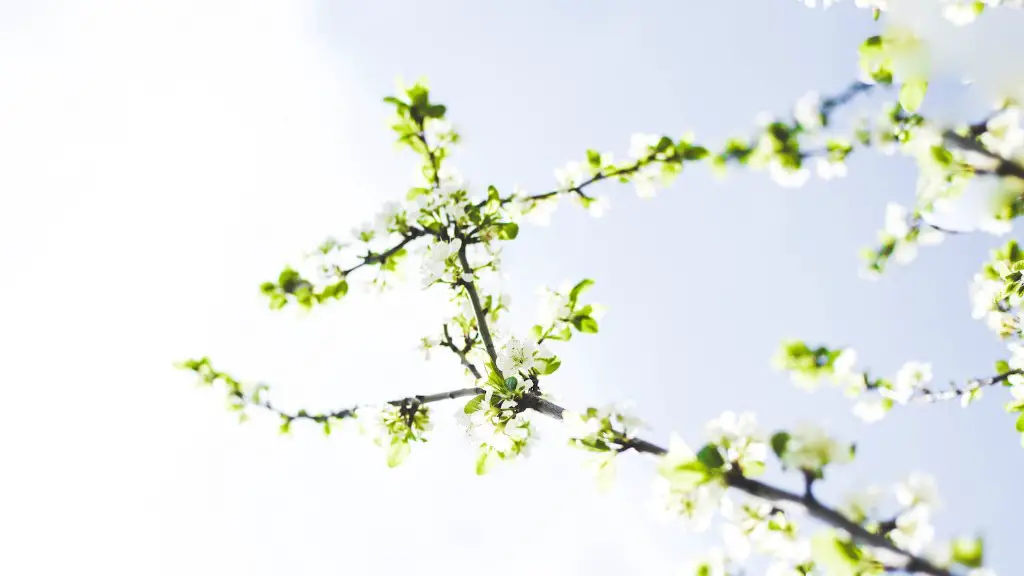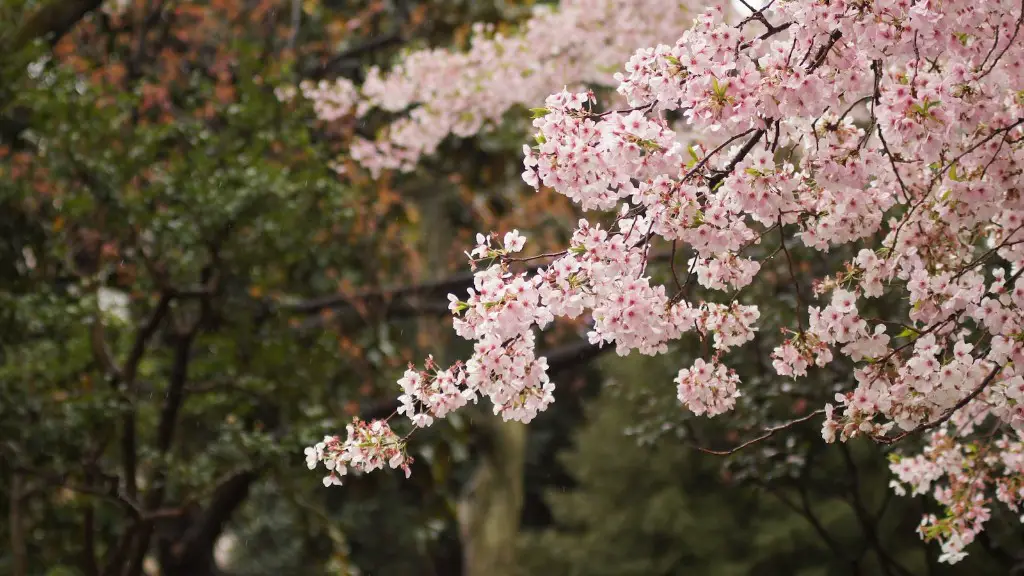Few trees have as much cultural significance or evoke as many fond memories as cherries. From pies to food festivals, cherries add a special touch of nostalgia that is hard to beat. For gardeners who crave the beauty and flavor of these beloved fruits, planting a cherry tree is the obvious solution. The challenging part is knowing the right cherry tree planting method for the environment and growing conditions.
When the soil temperature is between six and 12 degrees Celsius, around late February to early April, soil is adequately warm for cherry tree planting. Trees like their roots to be moist, not soggy. So it’s best to add composted manure or manure pellets to the planting hole, while keeping the existing soil aside.
For the best results, dig a hole the same size and even deeper than the root ball. Having an aerated mix of existing soil and added compost or manure will ensure that the cherry tree gets a chance to feed on necessary minerals as well as absorb extra water as needed. When planting, Gently lay the tree into the planting hole. Fill in the sides with the same soil-compost mix and make sure that the depth of the tree remains the same as when it was first taken from the container. After planting, the trunk of the tree should be the same depth as it was when the tree was removed from the pot. This gives it a better chance of survival.
Watering is a very important part of cherry tree care. A newly planted cherry tree should be watered twice a week for the first two months. Soil should be kept around the tree’s root and watered twice a week, as long as there are no signs of waterpooling. After two months, water only when the soil is dry. Also it is necessary to have an orderly schedule of annual pruning and fertilizing.
In terms of fertility, well-drained soil with a pH range of 6.5 to 6.8 is optimal for cherry tree growth. K. maga is a type of cherry tree that usually requires fertilizer only in the first year. However, Nanking, Tartarian, Early Richmond, and Montmorency may require fertilizer once a year because of their higher nutritional requirements. It is very important to pay attention to the fertilizer used, in order to get the desired nutrients in order to maximize results.
Cherries are vulnerable to a variety of pests and diseases, so it is important to monitor their health closely. Pests such as aphids, caterpillars, moths, and Japanese beetles can cause significant damage. As for diseases, the most common ones affecting cherry trees are root rot, brown rot, and powdery mildew. Taking the time to inspect the tree on a weekly basis is important, to spot and treat any blight in early stages.
Caring for cherry trees can be a rewarding experience. With the right soil, correct fertilizer, and pest/disease control, anyone can create a beautiful, healthy receptacle of nostalgia.
Selecting the right variety
Selecting the right variety of cherry will ensure that a successful harvest is possible. Robusta and Bing are the most common varieties, while there are other varieties that can thrive depending on the location and climate. Tart cherries such as Montmorency, Early Richmond, and Emily are good for cooler climates and are some of the most heat tolerant. Rainer varieties are also good for cool weather and are considered one of the sweetest. For warmer climates, June Regina, Regina, and Black Tartarian are some of the best choices for a sweet and juicy harvest.
Harvesting the Fruit
Harvesting cherry involves two important processes. Firstly, when the fruit is ripe, the stem will detach from the tree with a gentle tug. Secondly, it is important to store the fruit in a cool, dark place as soon as possible. If possible, consume the fruit immediately as sweet cherries do not store well.
Controlling Weeds
Weeds are very important to watch out for in a cherry tree orchard. They compete with the cherry tree for necessary nutrients and water supply, which can ultimately affect the health of the tree and the quality of the harvest. To keep the weeds in check, plants like ground cover and even grass can be grown in orchards. These plants will cover the ground, depleting the space and nutrient supply for weeds, and also contribute to the healthy, diverse feeder root system of the cherry tree.
Nutrient Requirements
In order for the cherry tree to bear fruits, it needs some essential nutrients, such as nitrogen, phosphorus, potassium, calcium, magnesium, boron, zinc, manganese, and iron. Regular application of balanced fertilizer, containing the specified nutrients can help increase the yield. Nitrogen should be applied at a rate of 1-pound for every 50 and 100 square feet per year for young and mature trees respectively. Phosphorus and potassium should be applied twice a year at a rate of 1/10th pound per tree in the early and mid-season.
Setting up a Pollinator Garden
For successful pollination and fruit-bearing, cherry trees require two compatible varieties with overlapping blooming times, in order to produce a good crop. As bees are the most efficient and productive pollinators, setting up a bee-friendly garden in the orchard is recommended. Wildflowers like lupines and asters, along with herbs like oregano, lavender, and thyme, will provide them with pollen and nectar which will in turn increase pollination efficiency.

